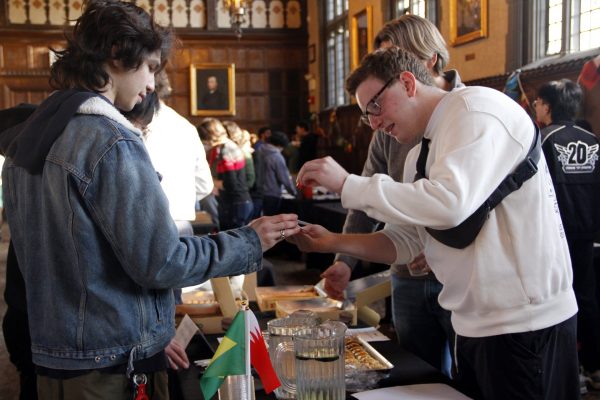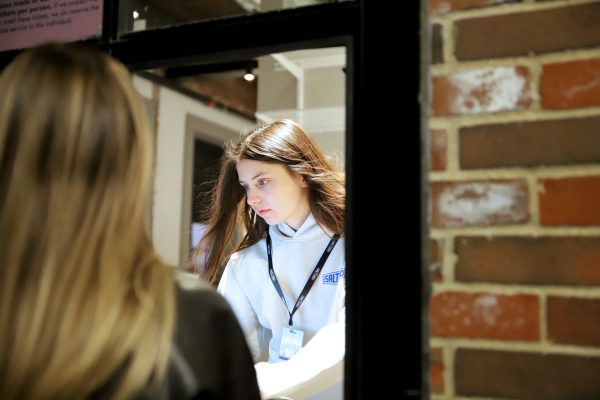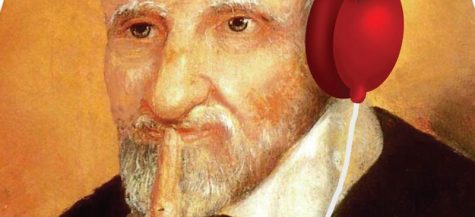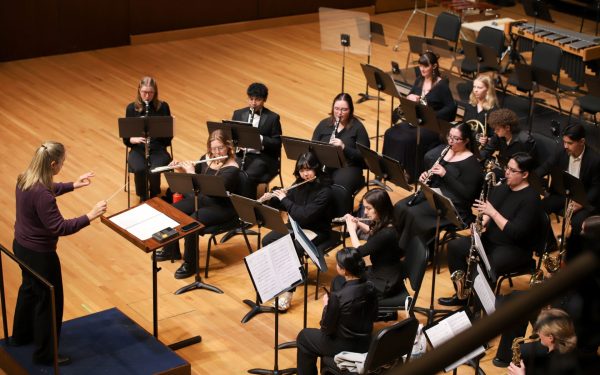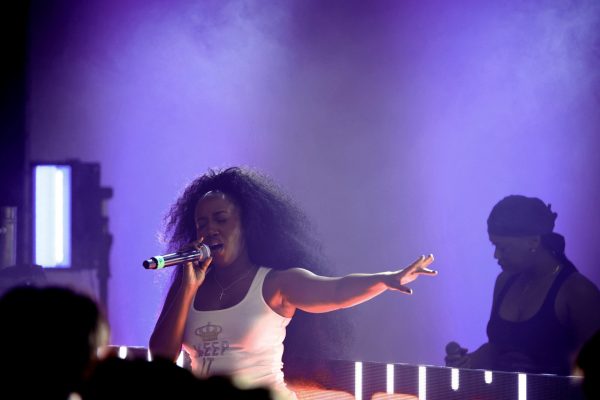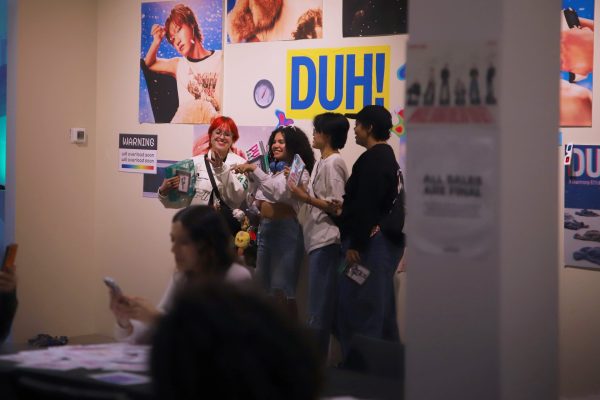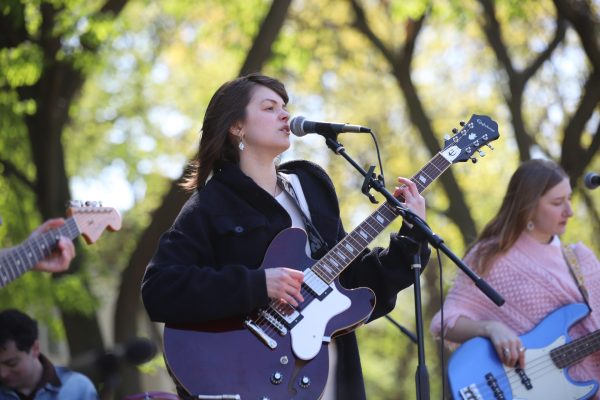Super Bowl halftime show is one to remember
The Super Bowl halftime show invites both sport fanatics and everybody in-between to witness the over-the-top performance guaranteed to divide America more so than the football game itself.
Since the custom first kicked off alongside the Super Bowl in 1967, the halftime show has transformed from a low-level performance conducted by college marching bands to a cultural phenomenon, allowing the world’s most outstanding stars a stage that surpasses both time and place.
This year’s spotlight was held by none other than Snoop Dogg, Dr. Dre, Mary J. Blige, Eminem, Kendrick Lamar and a surprise cameo from 50 Cent, highlighting the West Coast’s iconic sounds while also characterizing an era of blissful nostalgia.
Some highlights of the jam-packed 15 minutes include Snoop’s iconic performance of “The Next Episode,” 50 Cent’s nostalgic recreation of his 2003 hit “In Da Club,” and Eminem’s gesture of protest against racial discrimation and police brutality.
This year’s show marked the beginning of a new era with its first-ever hip-hop centric performance.
The genre first appeared in the 1970s, an age of economic struggle and timeless protests, ushering in a sound encased in both truth and power, according to the Academy of Music and Sound.
This year’s Super Bowl concert remained faithful to this message in both aesthetic and lyrics.
DePaul sophomore Ellie Meier enjoyed the aspect of numerous performers sharing the stage in contrast to the typical one or two in the Super Bowl’s past.
“I thought having five performers was actually really cool,” Meier said. “I was intrigued the whole time because there were smaller performances within the entire halftime show itself.”
A unique facet that separates the Super Bowl from other televised sporting events is the unprecedented audience it reaches every year. With over 101.1 million viewers tuning in on Sunday, according to the Chicago Tribune, halftime performers possess the unique opportunity to bring awareness or make a statement regarding what they see fit.
Most notably, rapper Eminem took a knee of solidarity, alluding to former San Francisco 49ers quarterback Colin Kaepernick, who, in 2016, kneeled during the national anthem in protest of police brutality and racial injustice.
“I think the halftime show this year highlighted and showcased Black culture in a way I personally haven’t seen in any halftime show so far,” Meier said. “I don’t know if this was the NFL’s way of trying to help their image after continually using Black bodies to make a profit, while ignoring or blatantly not caring about the racism and oppression Black people face in everyday life, but also in the NFL.”
In recent months, the National Football League has come under fire for having only three men of color as head coach compared to the other 24 white men who hold the position, according to NBC News. However, with the late firing of Brian Flores, who led the Miami Dolphins to their second winning season in a row, the league has made it more evident than ever that when hiring Black head coaches, they will be held to an unrealistic margin of error compared to their white counterparts.
Many individuals, including DePaul senior Claire Hawk, felt that this year’s halftime show surpassed the traditional bounds imposed on performers.
“I personally feel that it was more than a performance,” Hawk said. “I know that there had been some previous backlash for Jay-Z partnering with the NFL on bringing social justice issues to light. Especially this year there was a highlight on this, and I feel that it really highlighted hip-hop and people of color and their influence on pop culture.”
Hawk believes the NFL’s decision to showcase the genre made the performance more memorable compared to those of the past.
“I thought that this show in particular highlighted hip-hop and everything that hip-hop has done for the music industry,” Hawk said. “It was full of classic songs as well as a bit of new songs from Kendrick Lamar. Again, hip-hop in particular has never been the main focus of the halftime show so this year was a special performance.”
Nevertheless, not all believe the show needs to be anything more than an act of entertainment.
DePaul sophomore Henri Bresson took a more straightforward approach.
“I think it was very nostalgic for many…people,” Bresson said. “All the artists are music icons and pioneers so besides the Eminem knee I don’t really think [the halftime show was more than a mere performance], but I’m just a football enthusiast.”
Since its creation, the halftime show has become a yearly formality that unites both football fans and commercial consumers in the perfect blend of pop culture and athletics. No matter the performer or genre, it is an event guaranteed to enthrall millions and leave behind a long-lasting legacy of stardom and controversy.



